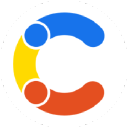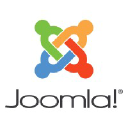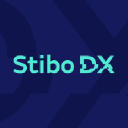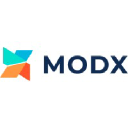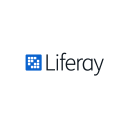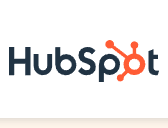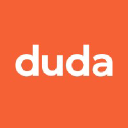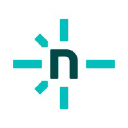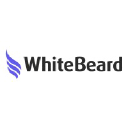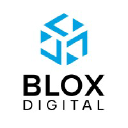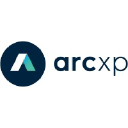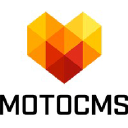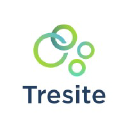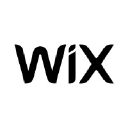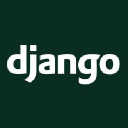
Django
What is Django?
Django is a high-level Python web framework that encourages rapid development and clean, pragmatic design. It is:
- Free and open source
- Used by organizations like Instagram and Mozilla
- Ridiculously fast, fully loaded, and reassuringly secure
- Exceedingly scalable
Reasons to Use Django
- Ridiculously fast: Django was designed to help developers take applications from concept to completion as quickly as possible.
- Fully loaded: Django includes dozens of extras you can use to handle common web development tasks.
- Reassuringly secure: Django takes security seriously and helps developers avoid many common security mistakes.
- Exceedingly scalable: Some of the busiest sites on the web leverage Django's ability to quickly and flexibly scale.
Django's Core Principles
Don't repeat yourself (DRY): Every distinct concept and/or piece of data should live in one, and only one, place.
Explicit is better than implicit: Readability counts and Django code should always be explicit about what is happening.
Loosely coupled: Django apps should be as independent as possible and follow the single responsibility principle.
Companies Using Django
| Company | Website |
|-----------|------------------------|
| Instagram | https://instagram.com |
| Mozilla | https://www.mozilla.org|
| Disqus | https://disqus.com |
| Bitbucket | https://bitbucket.org |
| NASA | https://www.nasa.gov |
Useful Resources
- Documentation: Covers everything you need to know about Django
- Community: Get involved and learn from a supportive Django community
- Code: Explore and contribute to Django's codebase on GitHub
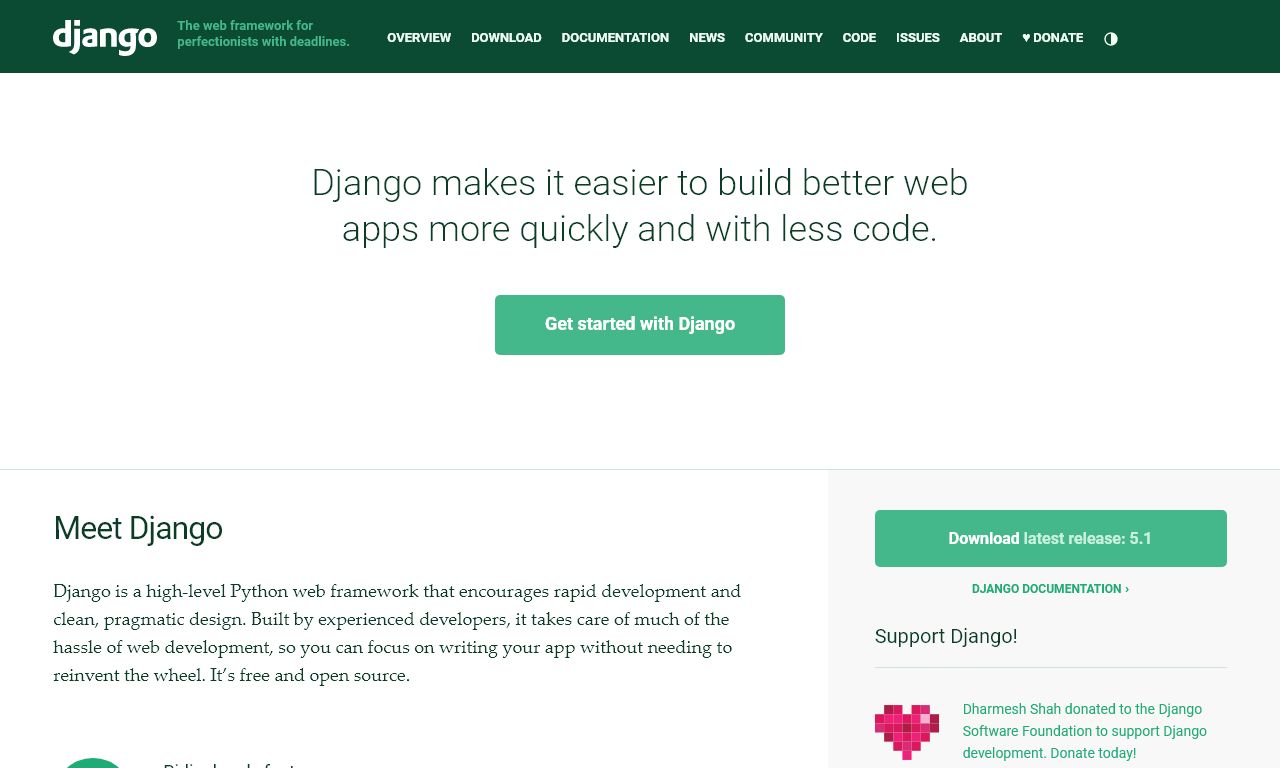
Django
Django, while not strictly a Content Management System (CMS), is a powerful web framework that can be used to build custom CMSs. This review will explore Django's features and capabilities through the lens of a potential CMS solution.
1. Overview and purpose of the CMS
Django is a high-level Python web framework that encourages rapid development and clean, pragmatic design.
It follows the model-template-view (MTV) architectural pattern, which is similar to the model-view-controller (MVC) pattern.
Django's primary purpose is to facilitate the creation of complex, database-driven websites with an emphasis on reusability and "pluggability" of components.
2. User interface and ease of use
Django provides a powerful admin interface out of the box, which can serve as a foundation for a CMS backend.
The admin interface is highly customizable and can be tailored to specific content management needs.
For end-users, the ease of use depends on the custom frontend implementation, as Django itself doesn't provide a default public-facing interface.
3. Content creation and editing tools
Django's admin interface offers basic content creation and editing capabilities for model-based content.
Developers can easily extend these capabilities using Django forms and custom views.
Third-party packages like django-ckeditor can be integrated to provide rich text editing functionality.
4. Asset management capabilities
Django includes a file storage API that allows for flexible management of user-uploaded files and static assets.
The django-storages package extends this functionality to support various cloud storage backends like Amazon S3.
Custom asset management solutions can be built on top of Django's file handling capabilities.
5. Customization and extensibility options
Django is highly extensible, allowing developers to create custom apps and middleware to extend functionality.
The framework supports a wide range of third-party packages available through the Python Package Index (PyPI).
Django's class-based views and template system offer powerful customization options for both backend and frontend development.
6. SEO features and optimization tools
Django doesn't provide built-in SEO tools, but its URL routing system allows for the creation of SEO-friendly URLs.
Third-party packages like django-seo and django-meta can be used to add SEO functionality.
Custom middleware can be implemented to handle things like automatic sitemap generation and meta tag management.
7. Security measures and user management
Django has a strong focus on security, with built-in protection against common vulnerabilities like SQL injection, cross-site scripting, and clickjacking.
The framework includes a robust user authentication system that can be easily extended for custom user models and permissions.
Django's security features are regularly updated, with the security release cycle typically addressing vulnerabilities within 48 hours of disclosure.
8. Performance and scalability
Django is designed to handle high-traffic websites and can be scaled horizontally to accommodate increasing loads.
The framework supports various caching backends and includes tools for database query optimization.
According to the TechEmpower Web Framework Benchmarks, Django performs well among full-stack frameworks, handling thousands of requests per second.
9. Integration with third-party tools and services
Django's extensive ecosystem includes packages for integrating with a wide range of third-party services and APIs.
Popular integrations include payment gateways, social media platforms, and analytics tools.
The Django REST framework facilitates the creation of APIs, enabling easy integration with frontend frameworks and mobile applications.
10. Pricing and support options
Django is open-source and free to use under the BSD license.
Professional support is available through various consulting firms and individual contractors specializing in Django development.
The Django Software Foundation offers corporate membership programs to support the framework's development and community initiatives.
11. Mobile responsiveness and multi-device support
Django itself doesn't provide built-in mobile responsiveness, as it's primarily a backend framework.
However, Django's templating system allows for easy integration with responsive frontend frameworks like Bootstrap or Tailwind CSS.
The django-responsive2 package offers tools for handling device-specific templates and stylesheets.
12. Multilingual capabilities and localization features
Django includes robust internationalization and localization support out of the box.
The framework's i18n features allow for easy translation of both static and dynamic content.
Third-party packages like django-modeltranslation extend these capabilities to model-level translations.
13. Workflow management and collaboration tools
Django doesn't provide built-in workflow management, but custom workflows can be implemented using its ORM and views.
Packages like django-viewflow offer advanced workflow capabilities for complex business processes.
Collaboration features can be added through integration with third-party tools or custom development.
14. Version control and content revision history
Django's ORM can be leveraged to implement basic version control for content.
The django-reversion package provides a comprehensive solution for model version control and rollback functionality.
Custom implementations can be developed to meet specific versioning requirements.
15. Analytics and reporting functionalities
Django doesn't offer built-in analytics, but it can easily integrate with tools like Google Analytics.
Custom analytics solutions can be built using Django's ORM and data visualization libraries like matplotlib or Plotly.
The django-analytical package simplifies the integration of various analytics services.
16. E-commerce capabilities
While Django isn't an e-commerce platform by default, it provides a solid foundation for building online stores.
The popular Django Oscar framework offers a comprehensive e-commerce solution built on Django.
Custom e-commerce functionality can be developed using Django's forms, views, and database models.
17. Compliance with accessibility standards
Django doesn't enforce accessibility standards, but it allows developers to implement WCAG-compliant websites.
The framework's templating system supports the creation of semantic HTML structures.
Third-party packages like django-accessibility can help in implementing and testing accessibility features.
18. Documentation and learning resources
Django boasts extensive official documentation, covering all aspects of the framework.
The Django community has produced numerous tutorials, books, and video courses for learners at all levels.
The official Django tutorial provides a comprehensive introduction to building web applications with the framework.
19. Community support and ecosystem
Django has a large and active community, with over 72,000 stars on GitHub and 2,000+ contributors.
The Django community offers support through forums, mailing lists, and chat channels.
Regular Django conferences and meetups provide opportunities for networking and knowledge sharing.
20. Migration tools and processes from other platforms
Django's management commands can be customized to create data migration scripts from other platforms.
The framework's ORM facilitates the mapping of existing database structures to Django models.
Third-party tools like django-data-migration can assist in complex data migration scenarios.
In conclusion, while Django may not be a traditional CMS, its powerful features and flexibility make it an excellent choice for developers looking to build custom content management solutions. With its robust ecosystem, strong security measures, and extensive customization options, Django provides a solid foundation for creating scalable and feature-rich CMSs tailored to specific needs.
Website:


